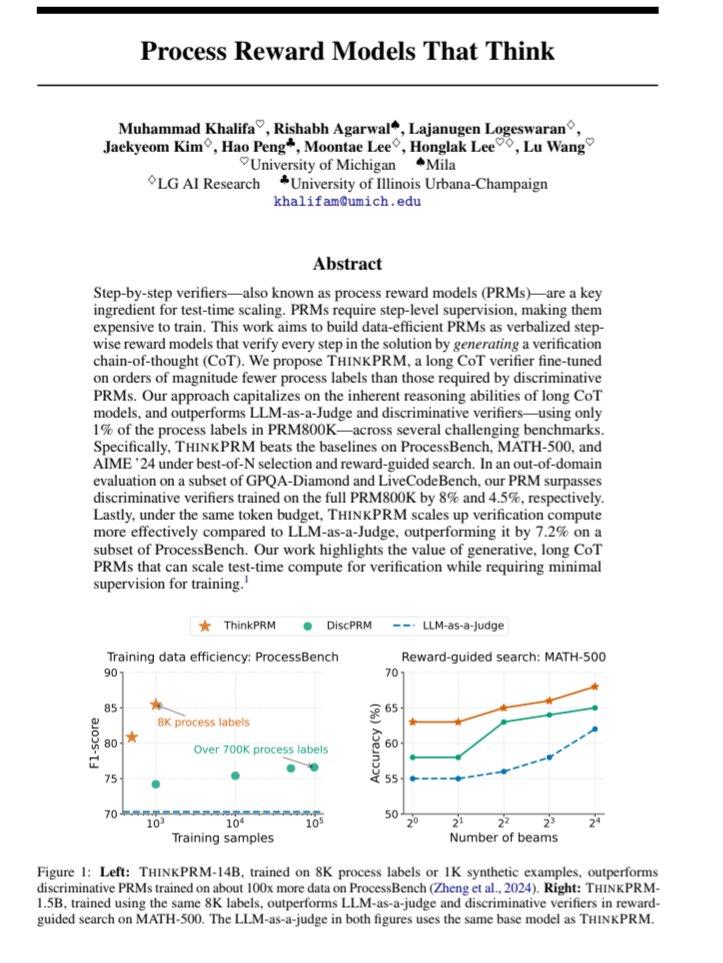
Violet X.
@ziyux
PhD student @Stanford. Working on LLM-based agents
ID: 394052579
https://violetxi.github.io 19-10-2011 14:09:15
77 Tweet
161 Takipçi
323 Takip Edilen


















Check out this work on benchmarking how well LLMs can implement ML research papers into code led by Tianyu Hua !


Third #ICML2025 paper! What effect will web-scale synthetic data have on future deep generative models? Collapse or Thrive? Perils and Promises of Synthetic Data in a Self-Generating World 🔄 Joshua Kazdan Apratim Dey Matthias Gerstgrasser Rafael Rafailov @ NeurIPS Sanmi Koyejo 1/7










